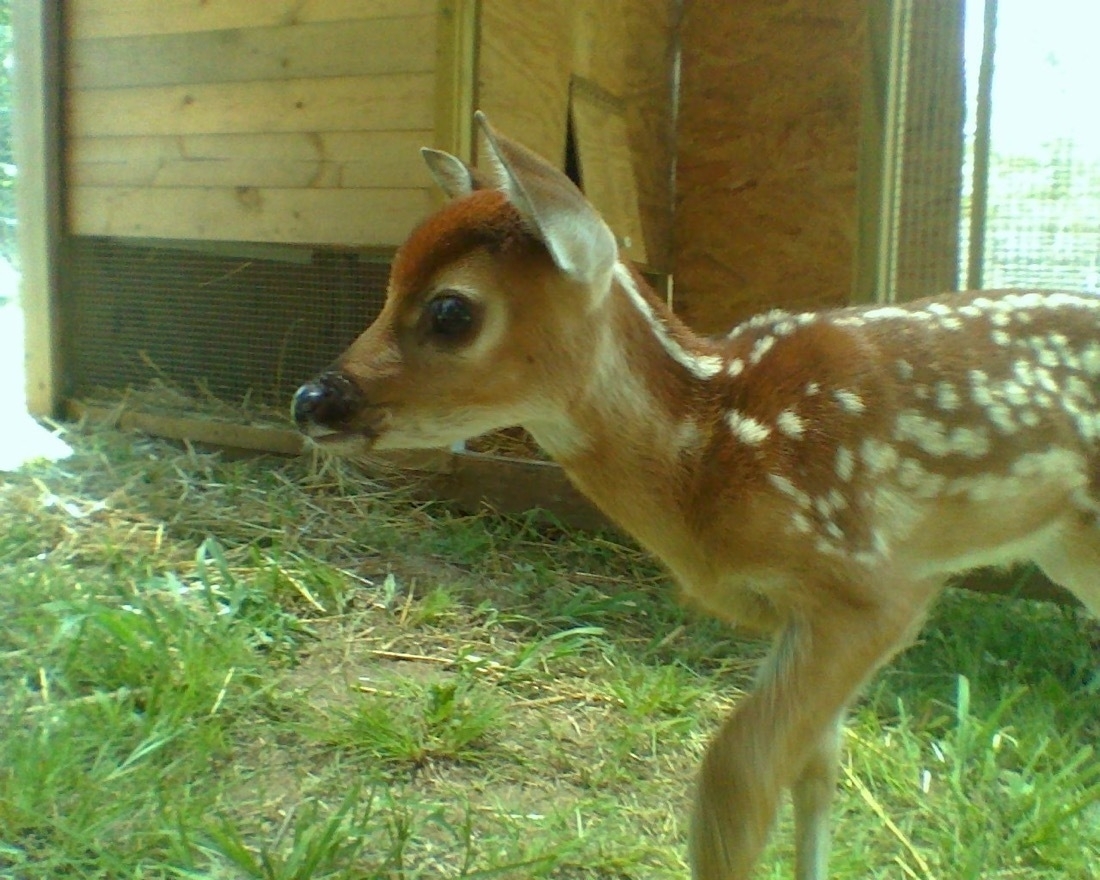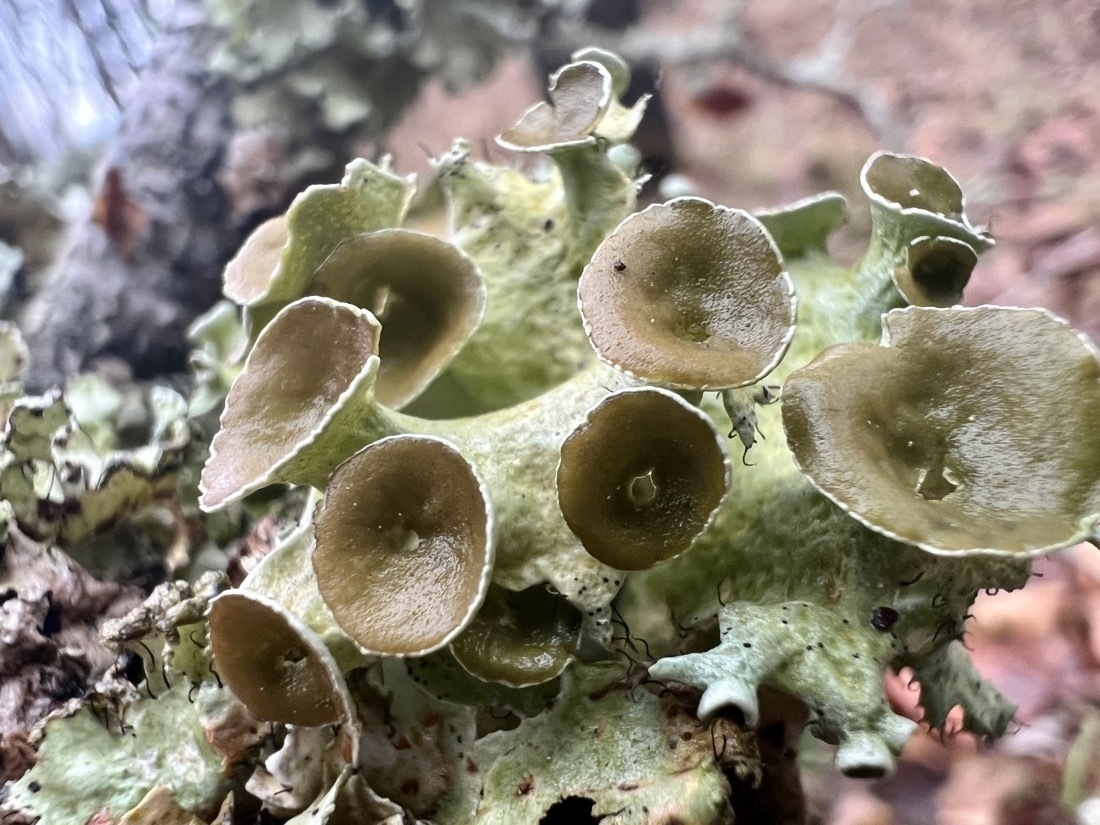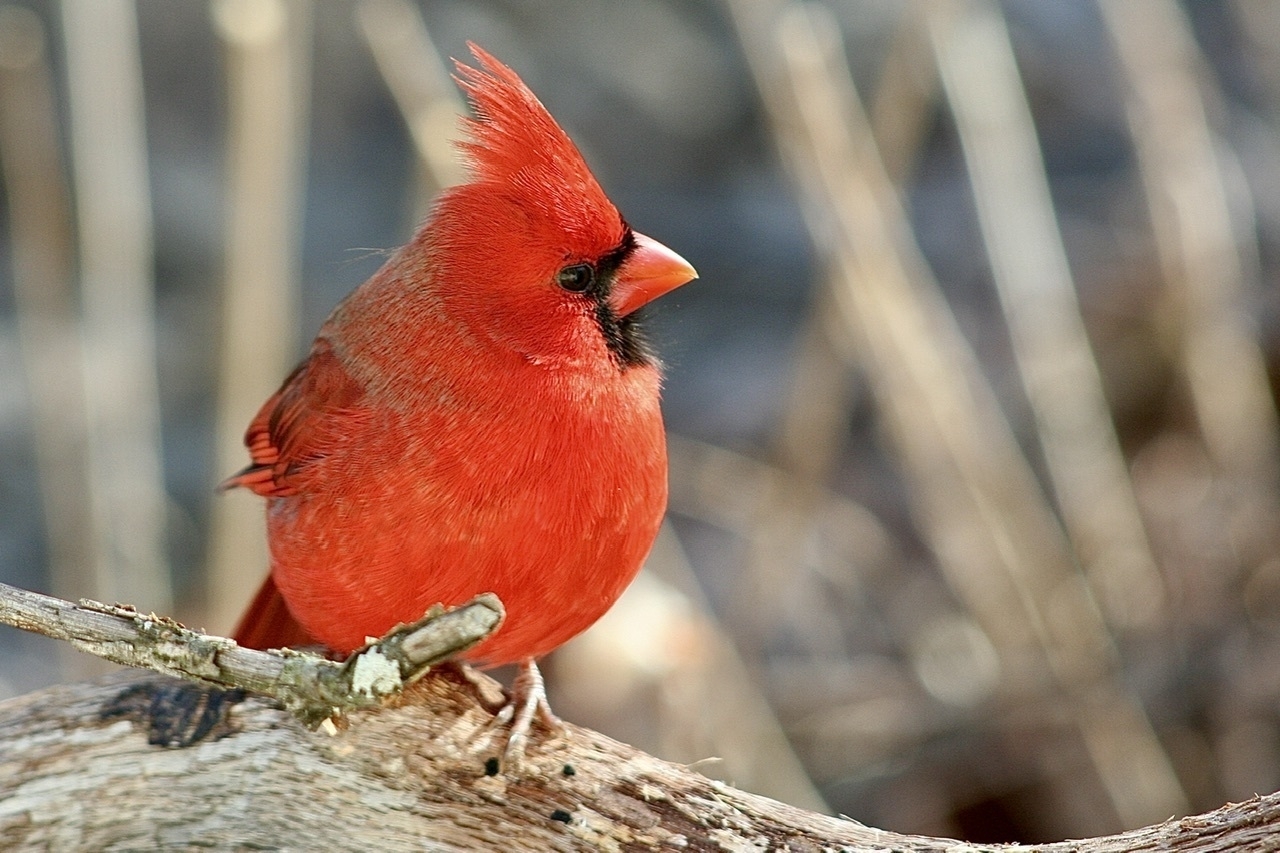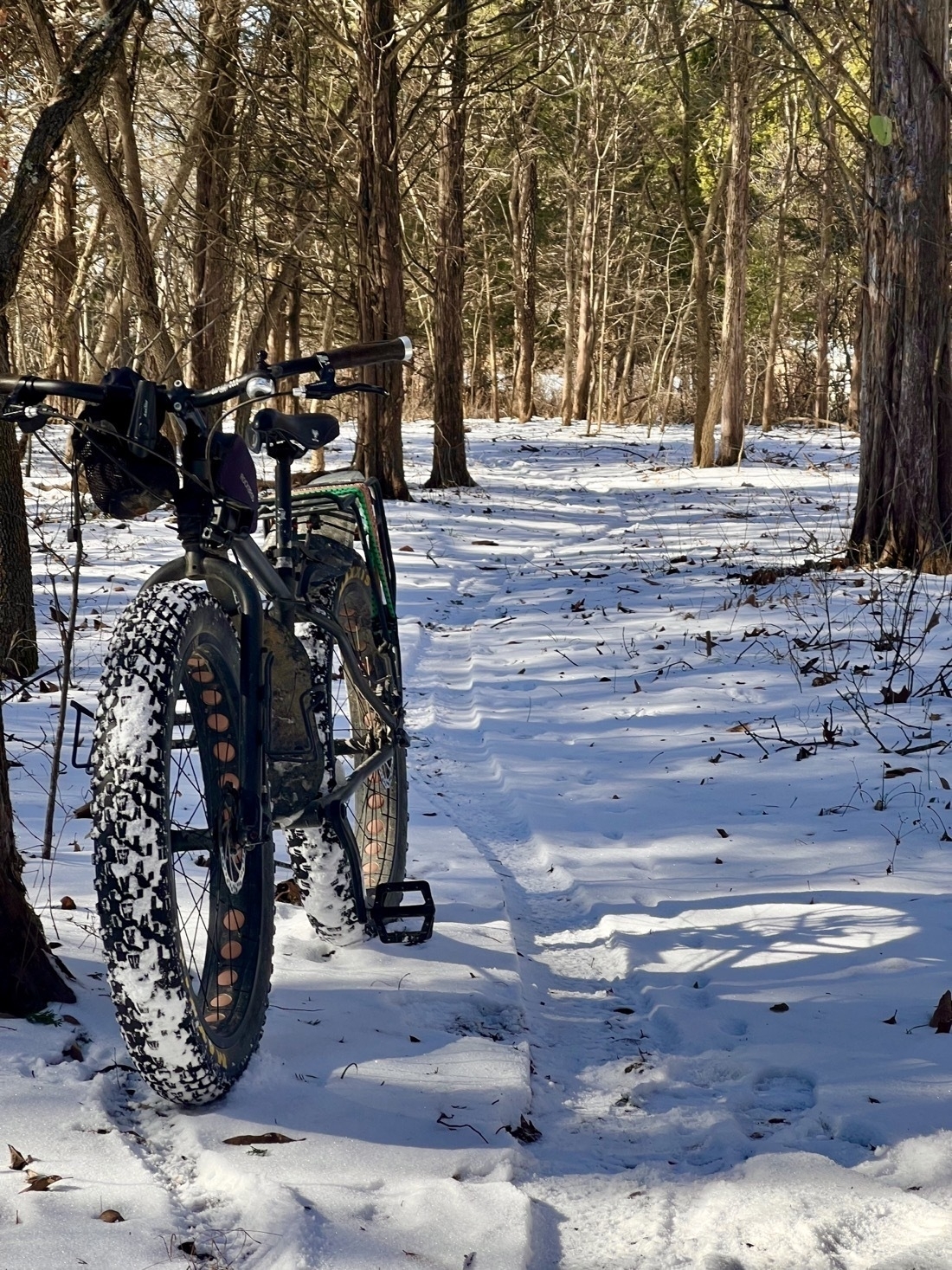Photography
Mycena galericulata, commonly known as the common bonnet, the toque mycena, the common mycena or the rosy-gill fairy helmet. Not edible.

Cladonia peziziformis or the turban cup lichen

Laccaria laccata, commonly known as the deceiver, or waxy laccaria. Edible

Photo from yesterday's trail ride. Taken along the backside creek inflow to the lake. Some pretty grasses in this area.
Chasmanthium latifolium, northern wood-oats, inland sea oats, northern sea oats, and river oats is a species of grass native to the central and eastern United States, Manitoba, and northeastern Mexico
192 Square Feet: Part 3
Previously: Part 1, Part 2 I shared about the first year of my tiny house life. Building the tiny house, setting up the garden and food forest during the first summer. Then, of course, learning about living in the tiny house during winter and what that means for keeping warm and keeping things working.
The following spring and summer were spent extending the garden, building a chickencoop-greenhouse and raising chickens and guineas, and setting up a bee hive. Oh, and some local farmer friends brought me an orphaned fawn. We also built the kids’ cabin, the third cabin, for Kerry and Greg’s kids. A wild goose showed up mid-summer and adopted me.
The chicken coop greenhouse came first for practical reasons. I needed a place for the young chickens! The idea was to have the two attached. In theory the greenhouse would help keep the chicken coop warm in the winter and the proximity of the coop to the greenhouse also made sense in terms of composting the chicken coop straw bedding that was full of chicken poop. I could haul the straw just 25 feet to a compost pile between the greenhouse and the garden.
Then the bees which were set-up in their new hive in late April. More about beekeeping an a future post. All went as planned. Until it didn’t.
Petunia the deer came to live with me in early June after a new farmer friend. Luckily we had a safe, enclosed area for her. More photos of her in another post.
I also set up 6 rain barrels on a frame behind my cabin. Each barrel held 50 gallons and they were upside down with a PVC pipe connecting them all via the built in screw lids. This arrangement allows the barrels to all fill at the same time because they are filling from the bottom up. The photo below was taken before everything was finished so the run-off was a haphazardly arranged salvaged gutter that carried water to my swale which was mulched and planted with pawpaws and rhubarb a well a a few herbs.
 The newly finished chicken coop greenhouse.
The newly finished chicken coop greenhouse.
 Happy chickens!
Happy chickens!
 Setting up the new bees in their hive.
Setting up the new bees in their hive.
 Herb spiral bed in front of my cabin.
Herb spiral bed in front of my cabin.
 The kids’ cabin before the roof
The kids’ cabin before the roof
 Petunia moves in
Petunia moves in
 The spring kitchen garden, fully fenced in and mulched with cardboard and straw
The spring kitchen garden, fully fenced in and mulched with cardboard and straw
 Mulched paths taking shape!
Mulched paths taking shape!
 Paths
Paths
 The early food forest interplanted with squash
The early food forest interplanted with squash
 The food forest in front of my cabin with a mix of peaches, plums, gooseberry, currants and comfrey. Mulch with straw between small seedlings. Paths are defined by small logs and covered in bark and wood chip mulch.
The food forest in front of my cabin with a mix of peaches, plums, gooseberry, currants and comfrey. Mulch with straw between small seedlings. Paths are defined by small logs and covered in bark and wood chip mulch.

True story: Loretta the goose showed up one day in the summer and followed me to the outhouse which is back by the chicken coop. As I’m the only one here full time I leave the outhouse door open while doing my business as it’s a nice view. Well, this goose follows me up into the outhouse (3 steps) and proceeds to turn around to face outward and sits down on my feet. I almost died right there. When it was time to go I stood up and she did the same and then she stepped out ahead of me and followed me back to my cabin. And that was that, I’d been adopted by a Canada Goose. She spent the rest of the day hanging out around my cabin and left at sunset. I didn’t know if she’d be back but hoped she would.
She was back the following morning and spent the day with me. She just hung around outside the cabin, near the little pond I’d made for the frogs. At sunset she flew away. This was the daily routine for the next couple of months. She’d follow me around as I did my chores during the day and occasionally take a dip in the pond. There were times when I’d be doing chores and there would be a line behind me: the chickens, Petunia the deer (who was now free ranging) and Loretta the goose. On at least one occasion when I had guests over for dinner outside she stayed later than normal and as we stood/sat around a little fire after eating she stayed next to me making her various adorable little utterances. It seemed to me that it was her way of being in the conversation.
In late November or early December we had a few cold nights and the lake started to freeze over. As far as I could tell she didn’t spend any time in the lake but it seemed to be a cue to her. She flew off one evening and I never saw her again. I loved her and I still miss her.
 The mostly completed kids cabin
The mostly completed kids cabin
 Cutting up a cantelope with my niece, Emma
Cutting up a cantelope with my niece, Emma
 Rain barrels and swales collecting rain in the food forest behind my cabin. The system wasn’t complete when the photo was taken hence the crazy arrangement!
Rain barrels and swales collecting rain in the food forest behind my cabin. The system wasn’t complete when the photo was taken hence the crazy arrangement!
 A basket of tomatoes and basil
A basket of tomatoes and basil


In 192 Square Feet Part 2 I wrote about my first winter living in my tiny house. Keeping warm with a wood stove without being too hot or too cold was difficult in a small space. Also, winter water challenges!
Perforated ruffle lichen, Parmotrema perforatum. The large yellow-tan cup-like structures are a spore-bearing surface, apothecia, each with a hole in the center, hence the name perforated. Long black cilia around the perimeter. Fascinating but also a bit creepy.



On a ride yesterday a branch was in the path and it was completely covered in thick lichen. I don’t recall ever seeing lichen with such black hair-like growths. A fantastical, tiny world!



One of my favorite trail ride sections is a patch of cedar trees with an abundance of moss near the trail providing some winter color.

The Northern Cardinal always provides some welcome color in the otherwise grayish brown winter landscape. And their song is always nice to hear. #bird #Birds #Nature #Wildlife #Birdwatching #WildlifePhotography
























